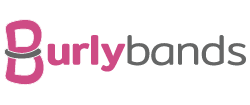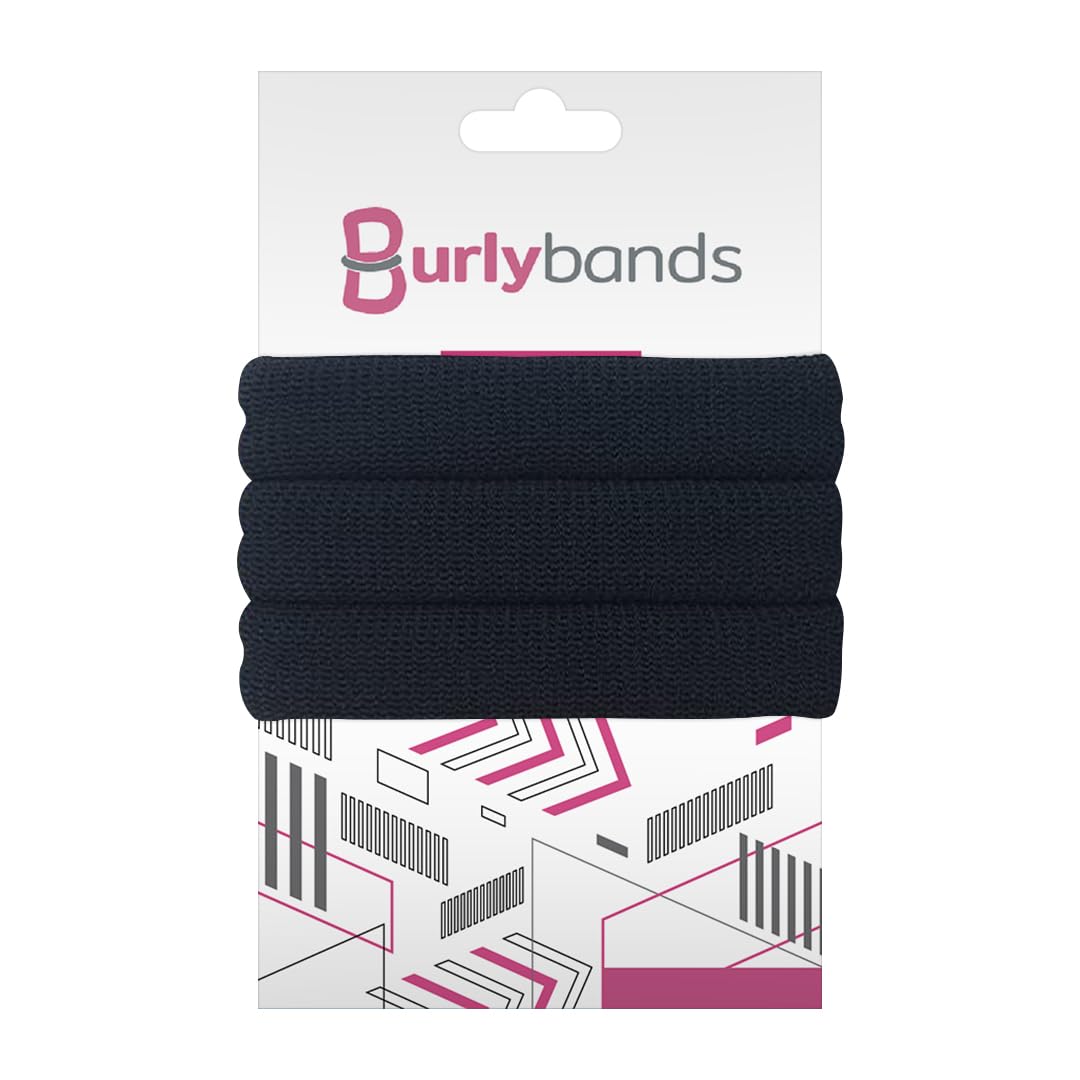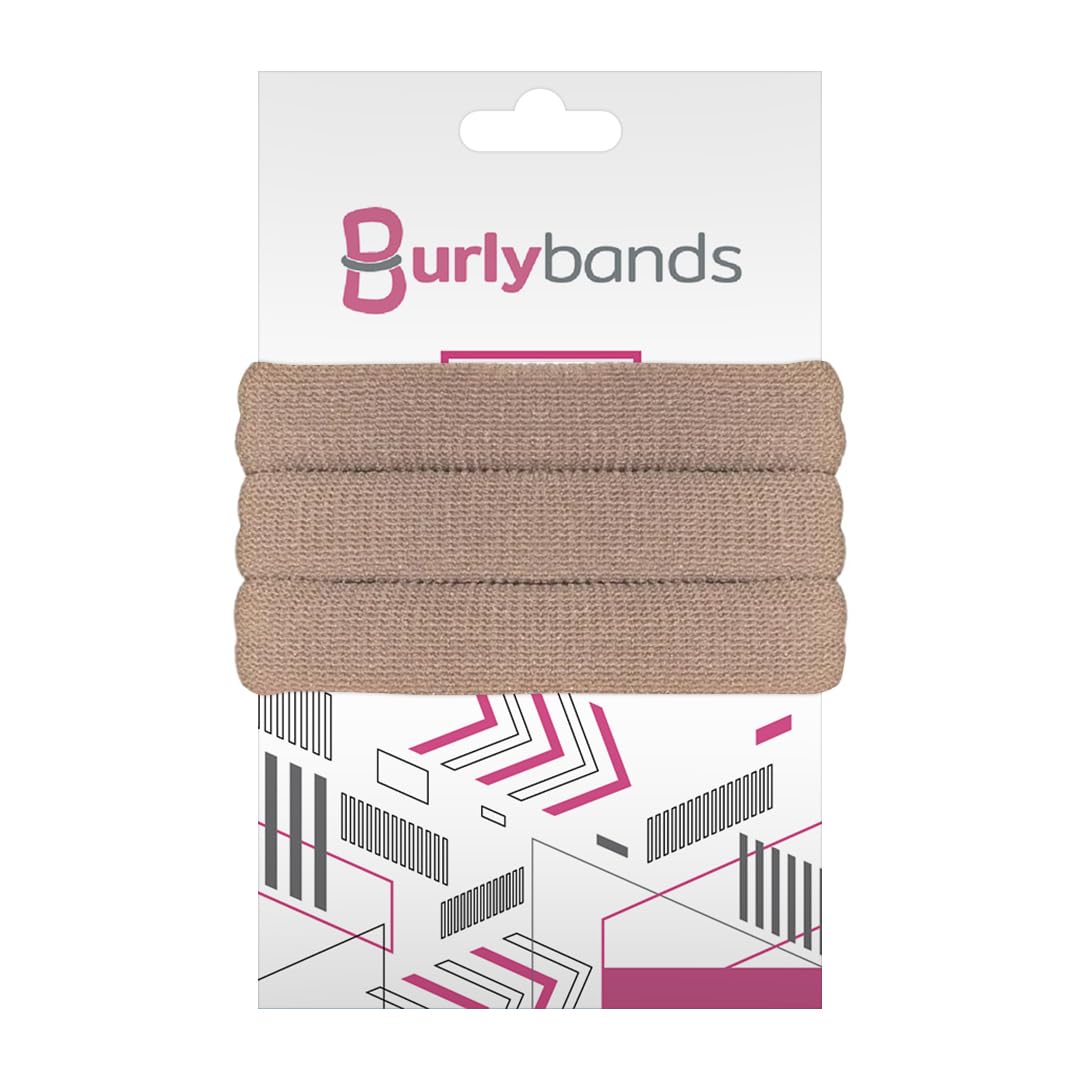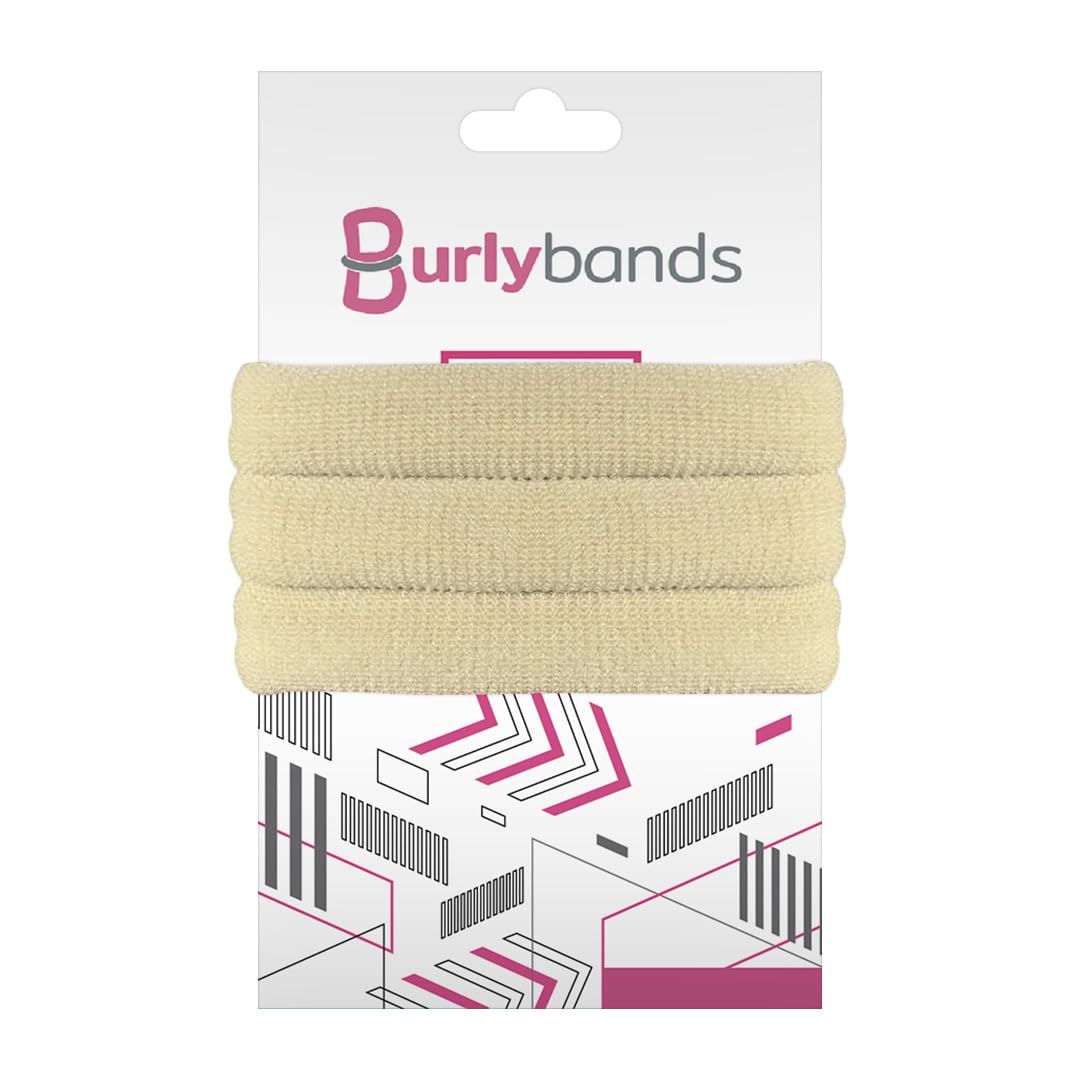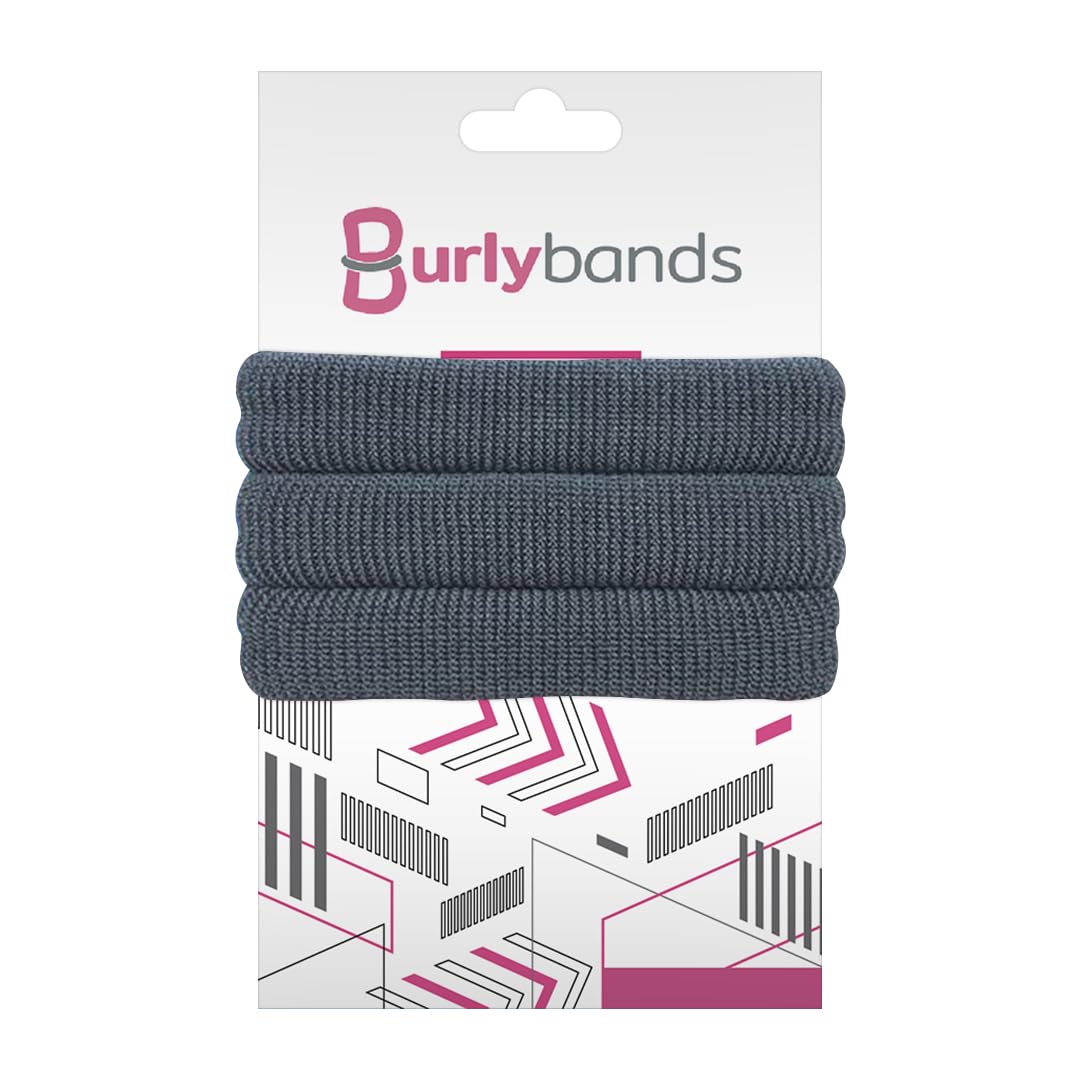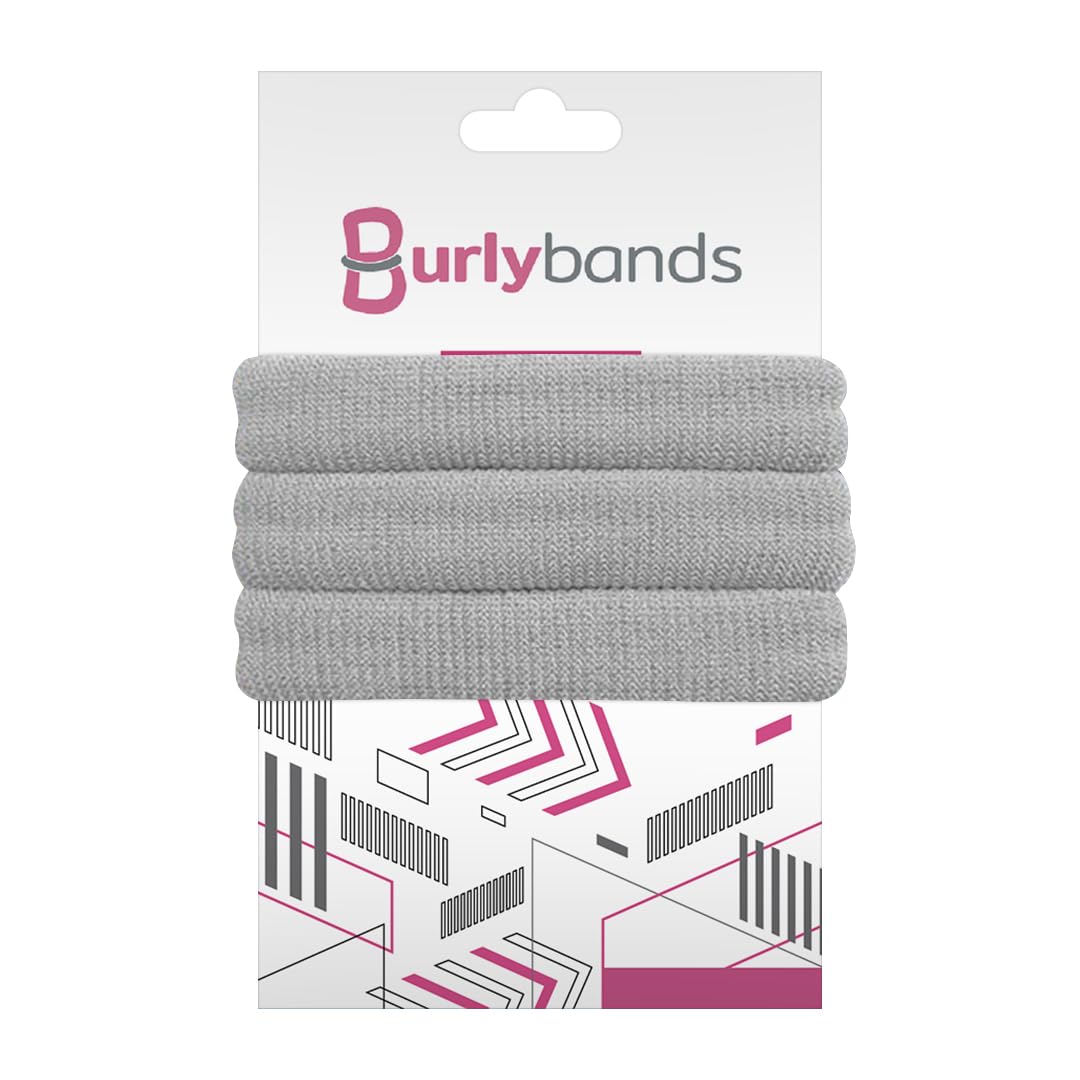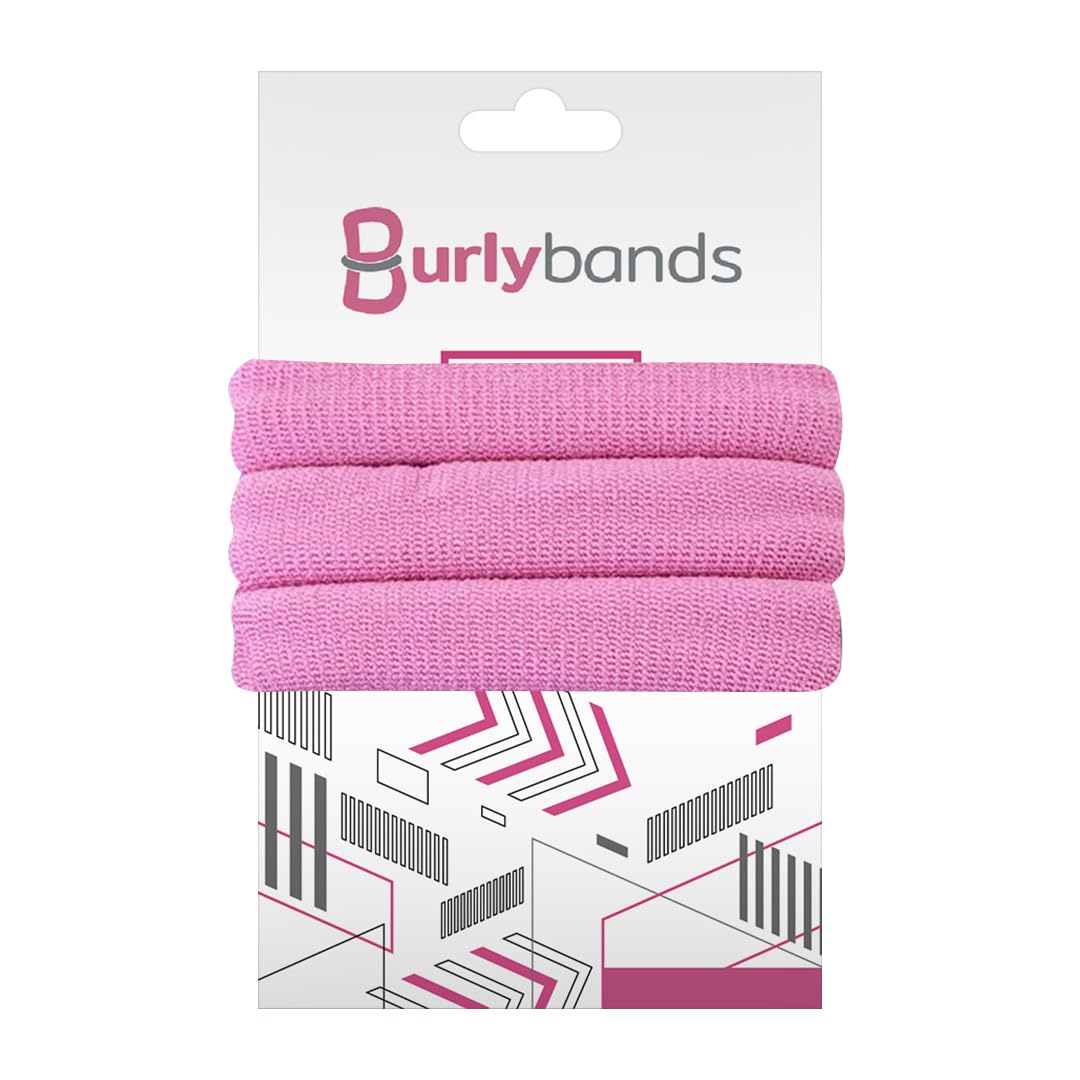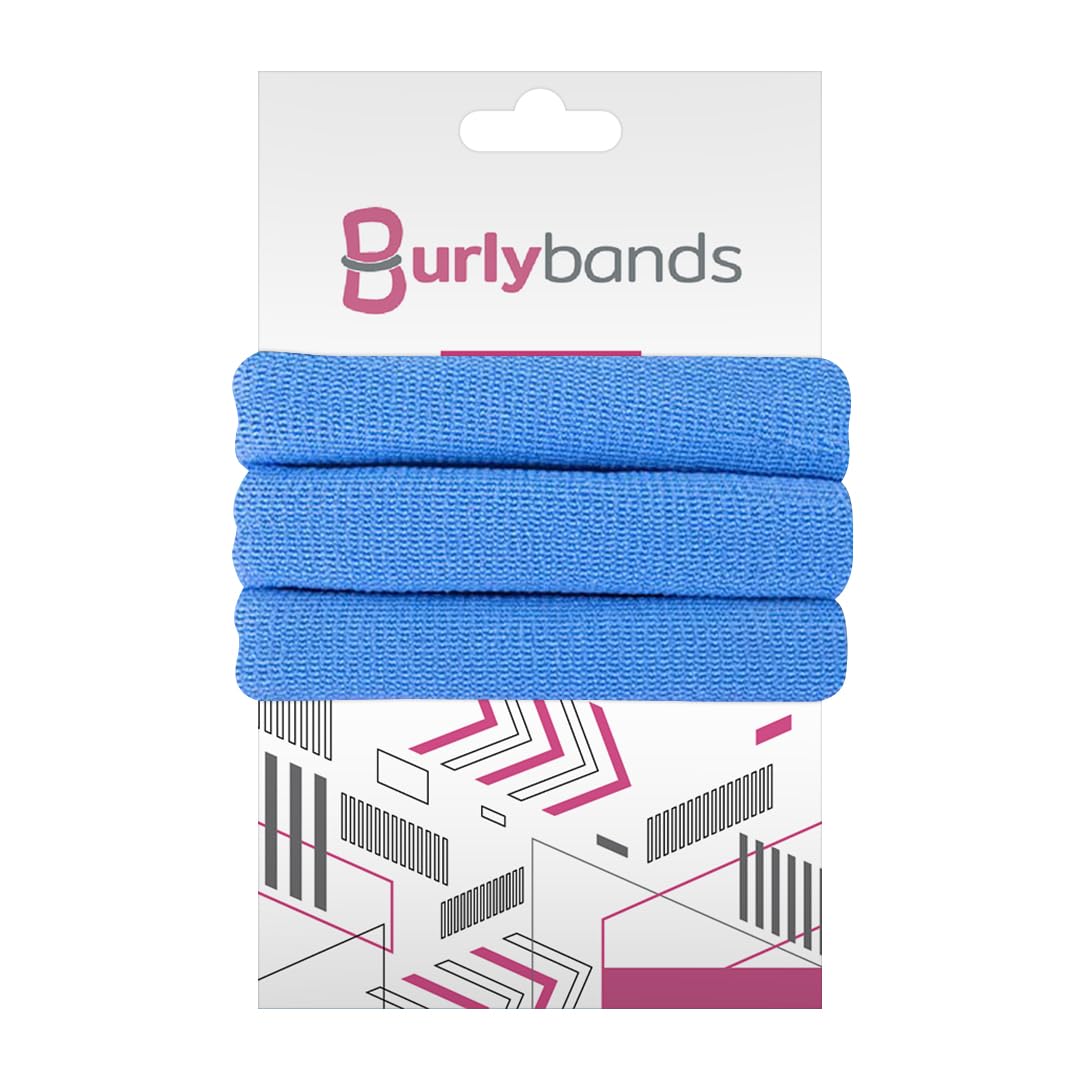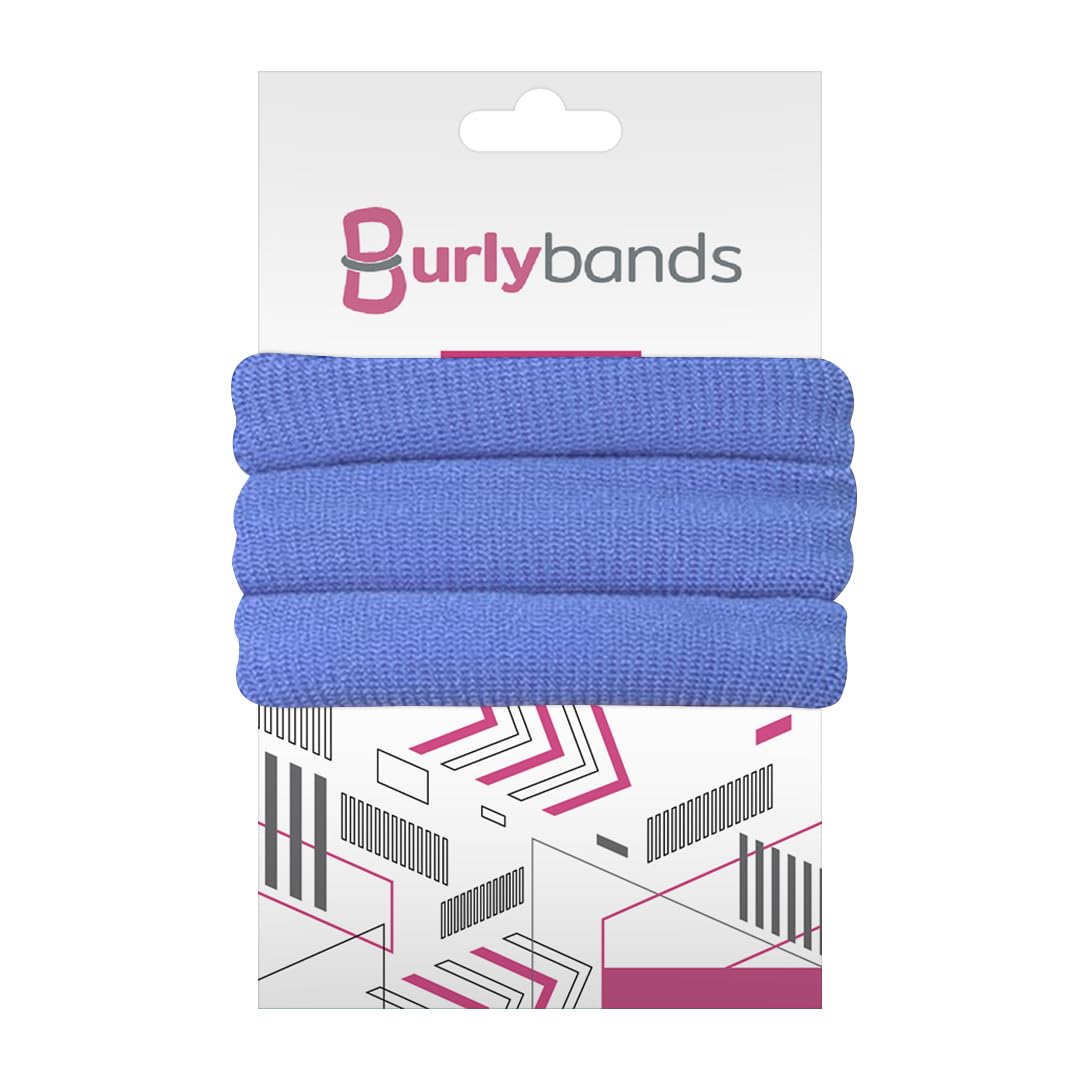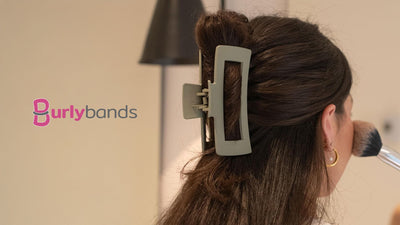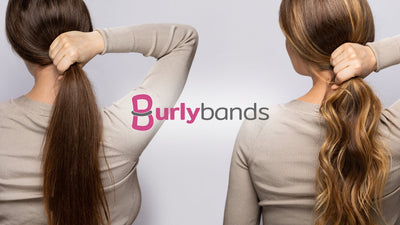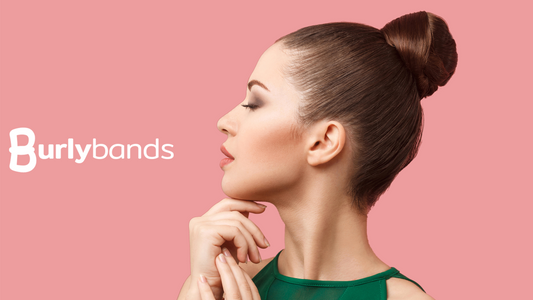Ever wondered how much gunk can build up in your hairbrush? Studies have found that dirty hairbrushes can hold up to 3,500 bacteria per square inch. Along with bacteria, they can collect oils, dead skin cells, dust, and even old hair products—a perfect recipe for dandruff, irritation, and spreading grime to freshly washed hair. Experts recommend cleaning your hairbrush at least once a month to prevent this from happening. In this guide, we’ll show you how!
Tools You'll Need for Cleaning
- Brush
- Rat tail comb or tweezers
- A bowl of warm water
- Mild shampoo or gentle soap
- An old toothbrush
- Towel
How to Clean Hair Brushes With Synthetic Bristles

Credit: Envato Elements/ BLACKDAY
Step 1: Start by manually pulling out all the hair stuck in your brush or hair tools. If you come across any stubborn or tangled hair, use a narrow-tail comb (like a rat-tail comb), tweezers, or any pointy object to lift the hair away from the bristles. Ideally, this is something you should do every time you brush your hair, so try to make it a habit. Note: this method is suitable for cleaning round brush or paddle bristle brushes.
Step 2: Mix warm water with a few drops of gentle shampoo or mild dish soap in a big bowl. Now dip the bristles into the water and let it soak for 5-10 minutes. Do not submerge the brush in soapy water as it might get damaged or end up accumulating water that will take days to dry out. If it seems to be extra dirty, soak it in a mixture of baking soda and water after shampooing. Do not use this method with boar bristles or wooden brushes.
Step 3: After soaking, take an old clean toothbrush and gently scrub between the bristles to remove any leftover buildup. Be gentle. Pay extra attention to the base of the brush. This is where lint and oils tend to build up.
Step 4: After scrubbing, rinse the brush under running water to wash away any soap or dirt. Shake off all the excess water.
Step 5: Now time to dry your brush. If your brush has a padded or wooden handle, pat it down with a towel to absorb the water. Then, lay the brush bristles-side down on a clean, dry towel. Avoid using when wet to prevent mold or mildew growth.
How to Clean Wooden Brushes and Boar Bristle Brushes

Credit: Envato Elements/ shotprime
Step 1: Just like with your other brushes, start by pulling out any loose hair with your fingers or a comb. Be gentle, so you don’t damage the natural bristles or the wooden base. Note: this method can also be used for wooden combs.
Step 2: Fill a bowl with warm water and add a few drops of a gentle shampoo. Avoid getting the wooden handle too wet, as water can damage it over time. Instead, dip just the bristles into the soapy water and swirl them around a bit.
Step 3: Use a soft toothbrush to gently scrub between the bristles. For boar bristles, you might notice a bit more buildup. Focus on the base of the bristles to get rid of anything that’s stuck.
Step 4: Rinse the bristles by holding the brush under running water. Make sure the handle is dry. You can also dip the bristles in a bowl of clean water to rinse off the soap.
Step 5: Pat the bristles with a towel to remove excess water, then lay the brush bristles-down on a clean towel to air dry.
How Often Should You Clean Your Brush?
Credit: Envato Elements/ shotprime
It's a good idea to clean your brush every two weeks. But it really depends on how often you use it and the products you apply to your hair. If you use a lot of styling products like mousse, gel, or dry shampoo, you might want to clean your brush after each hair wash. If you use a wooden brush, boar bristle brush, or any type of natural or combination bristles brush, try cleaning it less often since the material will get warped and damaged. Ideally, you should try doing a full cleaning with water every second month or so. Ideally, do a full cleaning with water every two months. In between, you can manually remove any tangled hair to keep dirt at bay.
When Should You Replace Your Hair Brush?
Credit: Envato Elements/ shotprime
There are a few signs you can look out for if you're confused about whether to replace your brush. Here are some of them:
- The bristles are bent, broken, missing, or starting to fall out.
- The pad or base of the brush is cracked or starting to come apart.
- Your brush feels scratchy or pulls at your hair more than usual.
Note: On average, consider replacing your brush once a year. This will of course depend on how often you use it and how well you maintain it. You can use it beyond a year if your brush is in perfect condition.
Summary
Cleaning your brushes and combs regularly is an easy way to keep your hair looking its best. Just remove the hair, wash it every couple of weeks, and replace it when needed. This might take a few minutes but it's well worth it.
Looking for hair ties that won’t damage your hair? Check out Burlybands! These strong, comfortable hair ties are perfect for all hair types and won’t slip or cause breakage. Give them a try—you’ll love the difference they make!
 Log in
Log in